Writing Teaching Resources
Teaching writing strategies and the writing process this school year? Explore a comprehensive collection of teacher resources for elementary and middle school ELA teachers — all created by teachers!
Stocked with graphic organizers, writing prompts, templates, worksheets and so much more, this collection of printable and digital activities is designed to help you as you help your students become more effective communicators and unleash their creativity and imagination.
Save time on lesson planning with resources that have been through a careful review process by an expert member of our teacher team to ensure they're ready for your classroom and your students!
Are you looking for tips and tricks to add to your teacher toolkit this school year? Read on for a primer from our teacher team, including engaging activities for teaching writing in elementary and middle school and a look at some of the different writing strategies your students will need to learn.
11 Writing Strategies Kids Should Know by the End of Middle School
We can't talk about teaching kids to write without talking about the different writing strategies that can help them do just that!
When it comes to teaching our students to become confident writers who articulate their ideas effectively, here are some of the strategies our teacher team prioritizes:
1. Brainstorming
Brainstorming is something we often do in the classroom, and it's a crucial part of learning to generate the ideas that will drive students' writing as they progress through their educational journey. Kids should know how to create a list of potential topics or points related to a particular writing assignment.
With younger students, this is often done as a whole group by writing ideas and points on chart paper. In upper grades, students transition over to using text-based materials to generate ideas and talking points.
2. Outlining
Before diving directly into any assignment, our students should be able to create a structured framework or outline. Teaching students how to create this outline will help them organize their thoughts and arguments for penning their essays, reports and research papers.

3. Using Graphic Organizers
Technically graphic organizers are classroom tools, so you may not think of their use as a writing strategy per se. However, learning to use these tools is another means of providing kids with the tools they need to organize their ideas and information before they sit down to write.
These organizers are particularly useful for expository writing — students can use them to outline main ideas, supporting details, and transitions.
Students can also take advantage of story maps when they are working on narrative writing to plot the key elements of a story, such as characters, setting, conflict, rising action, climax and resolution.
Graphic organizers such as the OREO strategy and hamburger paragraph are also great tools for students to use when working with opinion and persuasive texts.
4. Freewriting
Writer's block is the enemy of creativity, and it can easily frustrate young students who don't know where to begin.
When students freewrite, they write continuously without worrying about grammar or punctuation. This writing strategy can be extremely freeing — hence the name! — and helps frustrated writers move past that writer's block, generating fresh ideas.

5. Peer Editing
Learning to review and provide constructive feedback on each other's work is a great writing strategy to employ in your classroom to help students improve their writing quality and enhance their editing skills.
The strategy allows your students to learn from one another, and it arms them with an important tool they can use well into the future — calling on peers to provide a critical eye to a piece of writing.
6. Using Sensory Language
Working on descriptive writing? With this writing strategy, students engage the reader's senses through vivid and sensory language to create a more immersive experience.
7. Including Transitions and Connectives
As students become more proficient in the writing process, learning to use transitional words and phrases allows them to create smooth transitions between sentences and paragraphs. This strategy makes their writing more coherent and polished.
8. Incorporating Evidence
In persuasive, opinion, and expository writing, students are taught to support their claims with evidence and examples to strengthen their arguments.
It takes some practice to train your students to use evidence in their writing, so it's often a good idea to start with something simple, like the R.A.C.E.S. strategy.
9. Crafting a Thesis Statement
In expository, opinion, and persuasive writing, crafting clear and concise thesis statements that summarize the main point or argument of their essay helps students be more focused and organized in their writing. This strategy can also have the effect of empowering students to express their ideas confidently and persuasively.
10. Incorporating Introductions and Conclusions
With this strategy, students practice crafting effective introductions and conclusions that grab the reader's attention and leave a lasting impression.
11. Following a Revision Checklist
Teaching your students to use a revision checklist is a strategy that will help them be more self-reflective, evaluating their own writing against the checklist criteria and becoming more aware of their strengths and weaknesses.

- Plus Plan
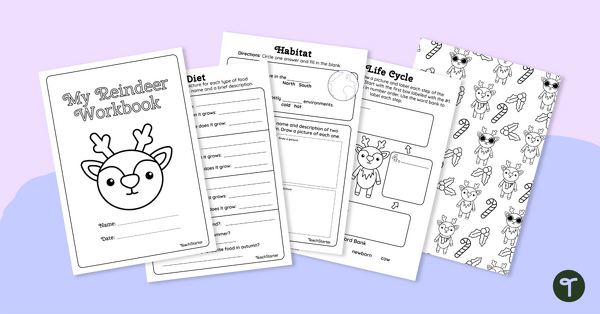
Reindeer Research Guide - Mini Workbook
Research all about reindeer and use this guided research template to organize student learning.
- Plus Plan
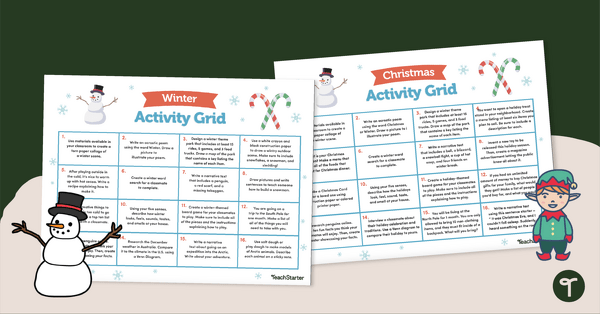
Winter and Christmas Break Activity Grids — Choice Boards
Give your students a variety of fun activities to do during the Christmas season with a printable Christmas Choice Board.
- Free Plan
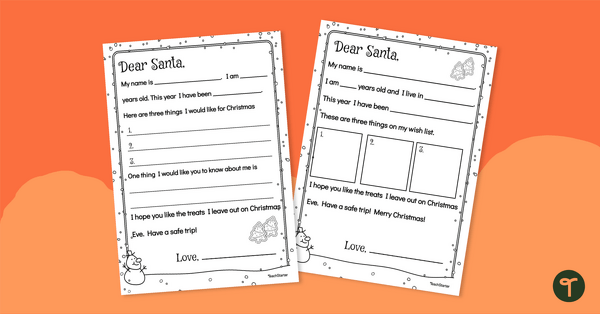
Dear Santa Letter Templates
Use a printable Dear Santa Letter template to write fun letters to Santa during your writing classes.
- Free Plan
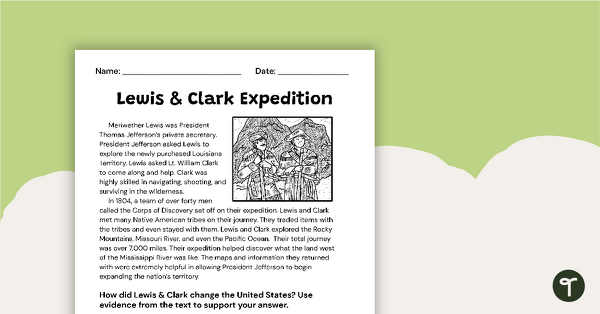
Lewis and Clark Worksheet - RACES Writing Strategy
Practice using the RACES writing strategy for text evidence with a Lewis and Clark Passage, graphic organizer, and worksheet.
- Plus Plan
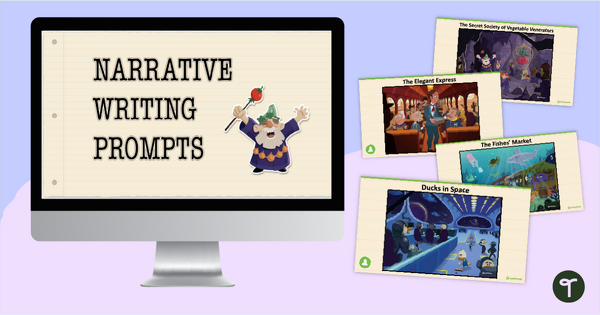
Narrative Writing Prompts Worksheets
Download these engaging narrative writing prompts worksheets that spark creativity and make story planning easy for your students.
- Free Plan
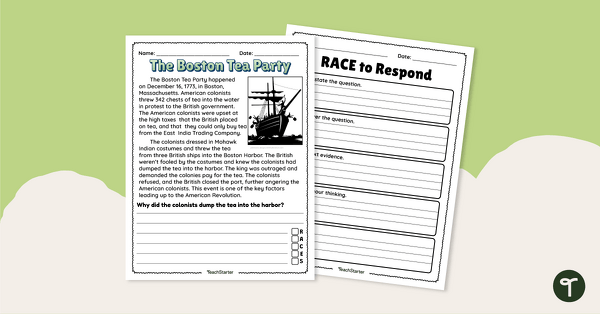
Boston Tea Party - RACES Writing Strategy Worksheet
Integrate reading, writing, and American history with a worksheet about the Boston Tea Party using the RACES writing strategy for text evidence.
- Plus Plan
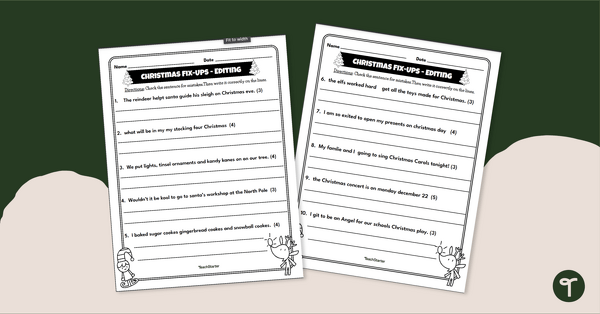
Christmas Worksheet - Sentence Editing
Edit and correct capitalization, punctuation, spelling, and spacing errors with a set of Christmas Fix the Sentence worksheets.
- Plus Plan
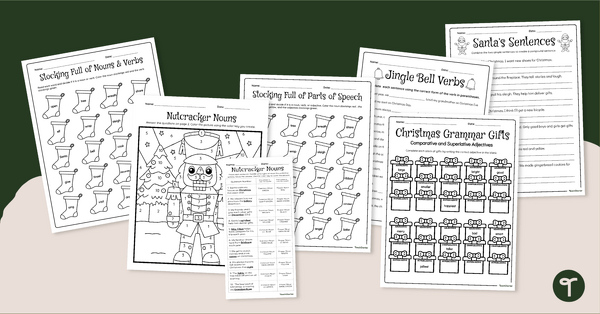
3rd Grade English Worksheets - Christmas Printables
Add some Christmas spirit to your December grammar lessons with a printable pack of Christmas-themed 3rd-grade English worksheets.
- Plus Plan
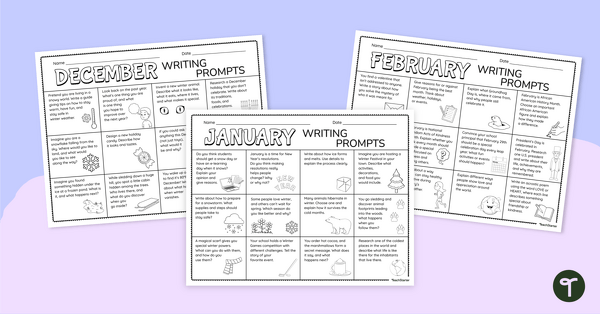
Winter Writing Prompts
Engage your students with these winter writing prompts that inspire creativity and critical thinking throughout December, January and February.
- Plus Plan
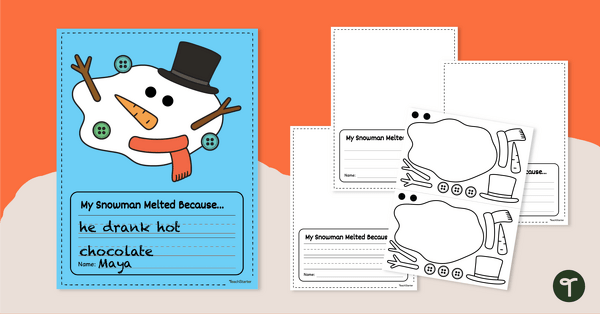
Melted Snowman Craft Activity
Have some winter crafting fun with our Melted Snowman Craft template and writing activity.
- Plus Plan
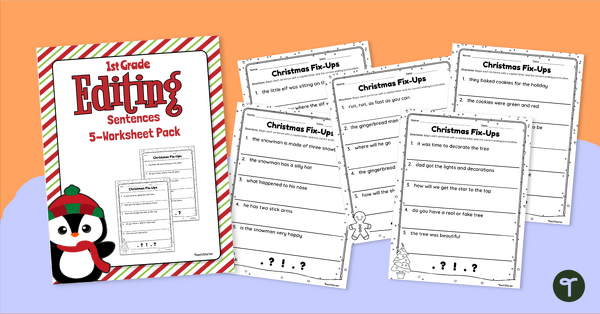
Christmas Sentence Correction Worksheets
Edit and correct capitalization and punctuation errors with a set of Christmas Fix the Sentence worksheets.
- Plus Plan

Christmas Interactive: Singular and Plural Nouns
Practice using singular and plural nouns with a fun Christmas-themed digital resource.
- Free Plan
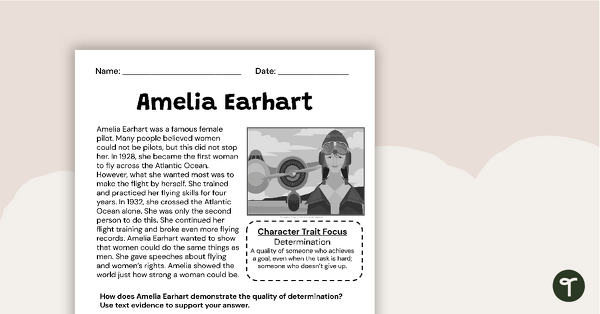
Amelia Earhart Constructed Response Worksheet
Use this passage, second grade writing prompt, and worksheet to help students write a constructed response paragraph about Amelia Earhart.
- Plus Plan
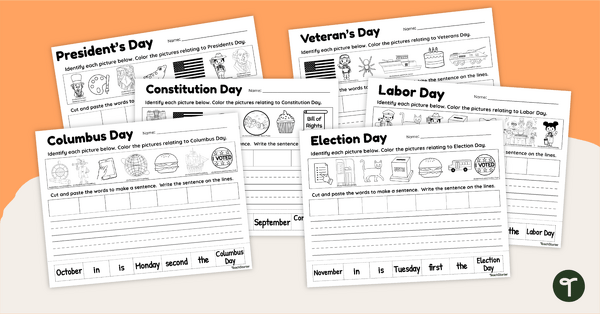
United States Patriotic Symbols - Holiday Worksheets
Build and write sentences about patriotic holidays in the United States with a group of six holiday sentence-building worksheets.
- Free Plan
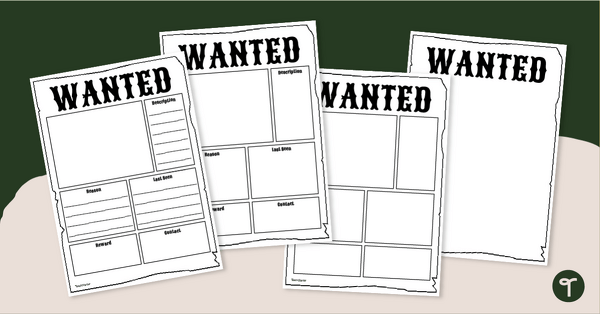
Printable Wanted Poster Template Pack
Use a 'Wanted' poster template to encourage your students to research and write about historical figures and more!
- Plus Plan
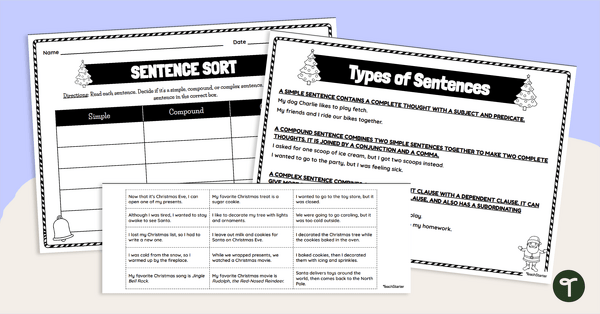
Christmas - Simple, Complex, and Compound Sentence Sort
Practice reading, identifying, and writing simple, compound, and complex sentences with a Christmas cut and paste worksheet.
- Plus Plan
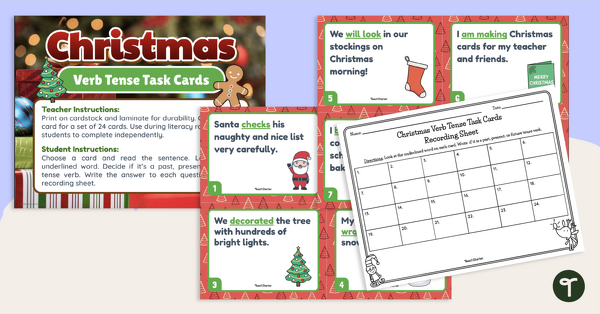
Verb Tense Printable Christmas Activity Cards
Practice identifying past, present, and future tense verbs with a set of Christmas Verb Tense Task Cards!
- Plus Plan
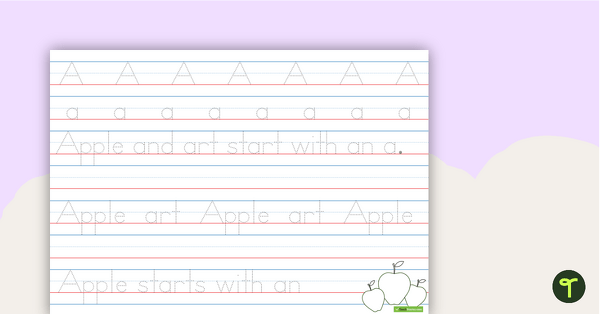
Alphabet Handwriting Sheets - Individual
Handwriting sheets for each letter of the alphabet.
- Plus Plan
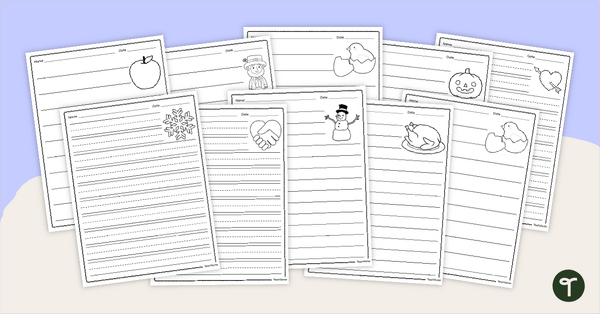
Holidays & Seasons – Lined Writing Paper
Inspire your students to write all year long with fun printable lined papers featuring holiday and seasonal images.
- Free Plan
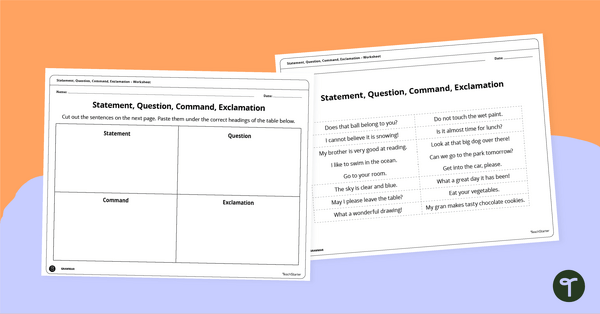
Statement, Question, Command, Exclamation – Cut and Paste Worksheet
Identify statement, command, question, and exclamation sentences with a Types of Sentences Cut and Paste worksheet for 2nd grade.
- Plus Plan
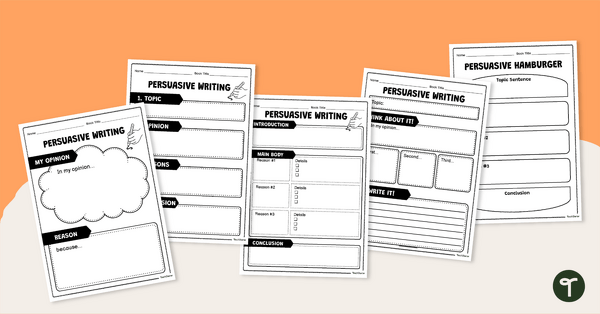
Persuasive Writing Graphic Organizer Pack
Help students gather their thoughts during persuasive writing with this differentiated set of graphic organizers.
- Plus Plan
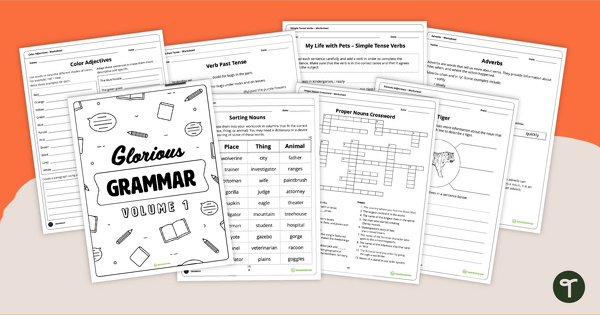
Glorious Grammar Volume 1 Workbook
50 activities in one booklet which all revolve around learning grammar in the classroom.
- Plus Plan
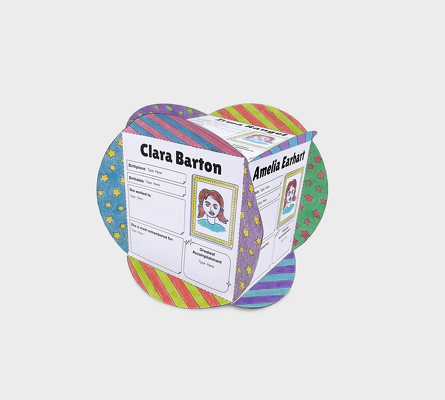
World Changing Women 3D Cube Project
Research and record biographical information about 6 historical women and discuss the impacts of their contributions.
- Free Plan
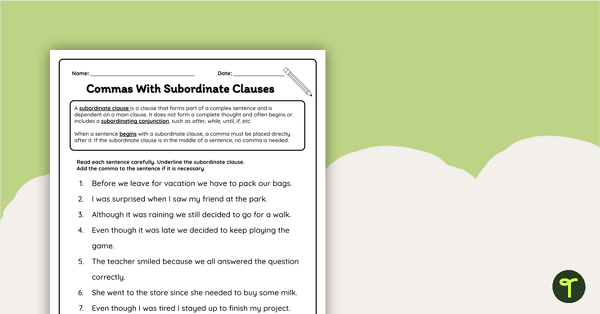
Commas With Subordinate Clauses Worksheet
Use a Commas With Subordinate Clauses Worksheet to help your students practice comma placement in complex sentences.
- Plus Plan
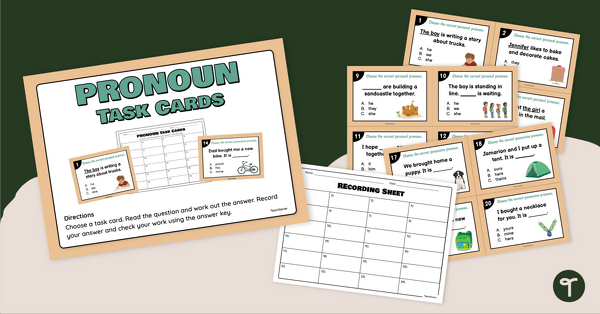
Pronoun Task Cards
Get your students to practice using pronouns with this set of task cards perfect for reading centers.
- Plus Plan
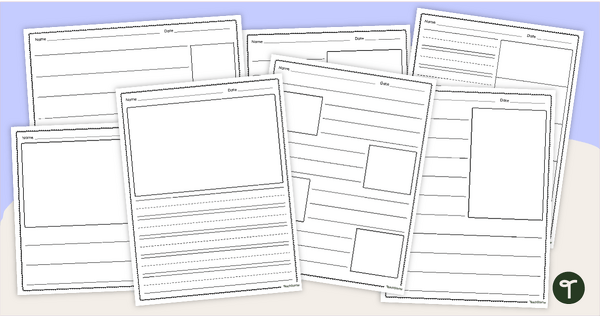
Writing Paper with Picture Box - Differentiated Templates
Help your students organize and display their writing and artwork using printable writing paper with picture boxes,
- Free Plan
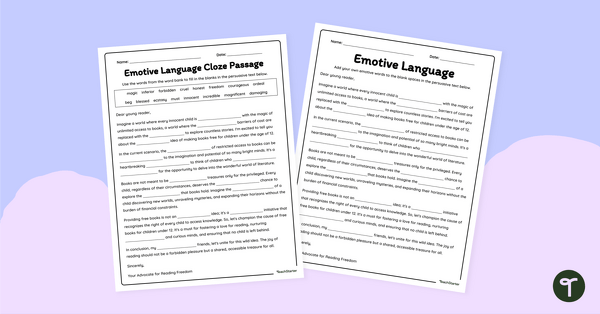
Emotive Language Cloze Passage Worksheet
Get students using emotive language examples in their persuasive essays with this differentiated cloze passage worksheet.
- Plus Plan
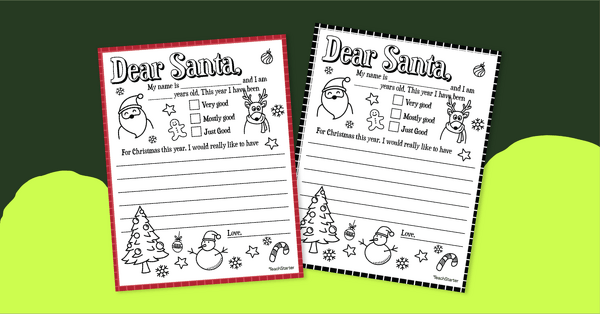
Letter to Santa Template
Write a letter to Santa with a printable letter to Santa Template that includes fill-in-the-blank sections to help young students build their letter.
- Plus Plan
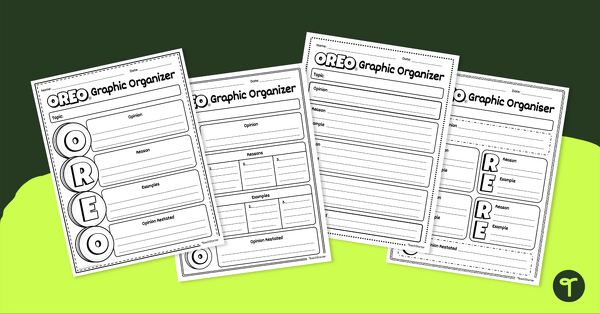
Opinion Paragraph - OREO Planning Template
Help your students write well constructed opinion paragraphs using the OREO acronym with these planning templates.
- Free Plan
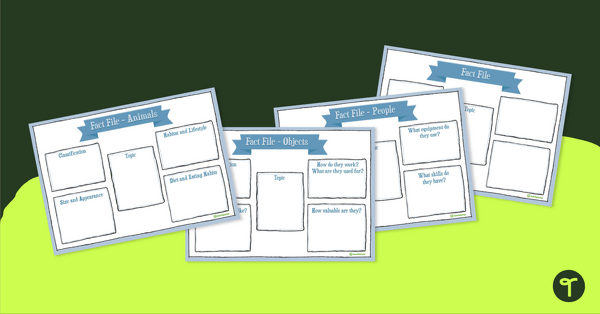
Information Text Graphic Organizers
Get your students to plan and write informational texts with this set of 6 differentiated graphic organizers.
- Plus Plan
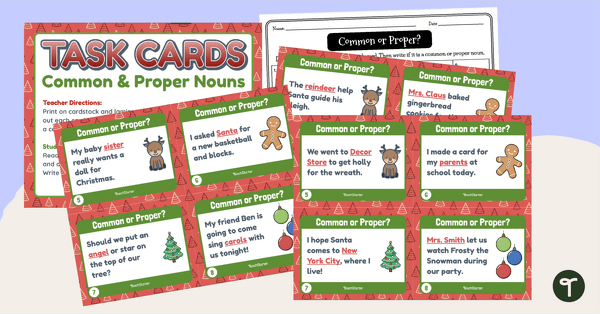
Christmas Activity Printable - Common and Proper Nouns Task Cards
Practice identifying common and proper nouns with Christmas Noun Task Cards!
- Plus Plan
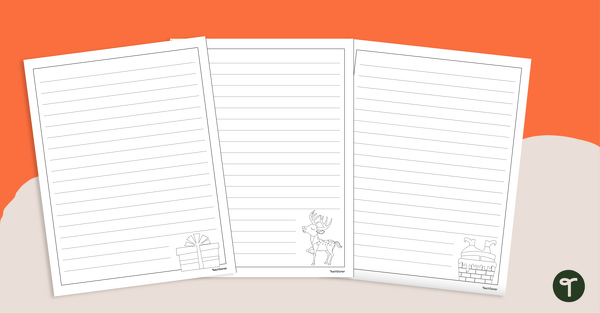
Printable Christmas Letter Paper - Narrow Ruled
Spice up your Christmas writing prompts with printable Christmas-themed writing paper.